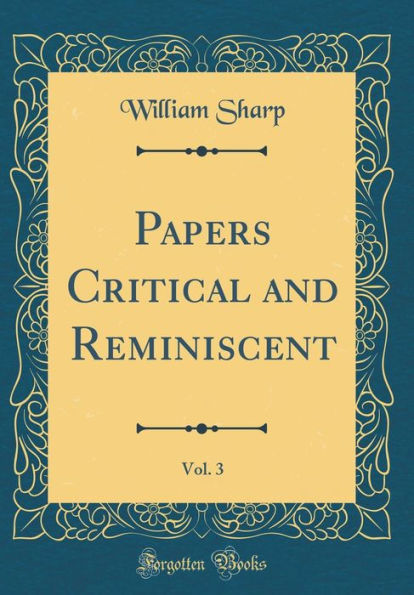Home
The New Practical Reference Library, Vol. 3 (Classic Reprint)



The New Practical Reference Library, Vol. 3 (Classic Reprint)
Current price: $19.57
Loading Inventory...
Size: OS
Excerpt from The New Practical Reference Library, Vol. 3
By the beginning of the nineteenth century, elaborate hair dressing for men had entirely gone out of fashion, and in most countries the hair was worn short. In the early part of the century women dressed the hair very simply, letting it fall at the sides in a series of ringlets and catching it at the back of the head with a ribbon. This was gradually superseded by an arrangement of the hair at the top of the head. During this period the hair was often arranged over a large roll, in a style known as the chignon, or waterfall. The tendency during the last half century among civilized people has been toward simplicity in hair dressing.
Hair Dyes, substances for giving hair some particular color. The numerous preparations sold for this purpose have generally a basis of lead or nitrate of silver. Bismuth, pyrogallic acid, sulphur, the juice of green walnut shells and other astringent vegetable juices are also employed. Hydrogen peroxide will bleach the hair. The use of dye is more or less in jurions.
Hairless Dog. There are a number of different species of dogs whose bodies are entirely naked or have only here and there scattered hairs, or, perhaps, little tufts on the ears or tails. The Mexican hairless dog is the one most commonly seen in the United States. This resembles the common rat terrier in size and shape, but has a skin of bronze-purple color, with only here and there a few hairs. Other species of hairless dogs are found in the Oriental countries, in the Philippine Islands, the Bahamas and elsewhere. In ancient Mexico a breed of hairless dogs was raised for their young, which were considered delicate food.
Hair Worm, the common name for a number of slender worms which resemble hairs. They are found as internal parasites of beetles and other insects during the first stages of their development. When mature, they escape and seek the water of pools, in which their eggs are deposited in the form of lengthened chains. The embryos. Produced from these eggs are able to hook themselves upon insects, which they enter and again become mature worms. It was formerly thought that horsehair put into water would turn into worms. See trichina.
About the Publisher
Forgotten Books publishes hundreds of thousands of rare and classic books. Find more at www.forgottenbooks.com
This book is a reproduction of an important historical work. Forgotten Books uses state-of-the-art technology to digitally reconstruct the work, preserving the original format whilst repairing imperfections present in the aged copy. In rare cases, an imperfection in the original, such as a blemish or missing page, may be replicated in our edition. We do, however, repair the vast majority of imperfections successfully; any imperfections that remain are intentionally left to preserve the state of such historical works.


















